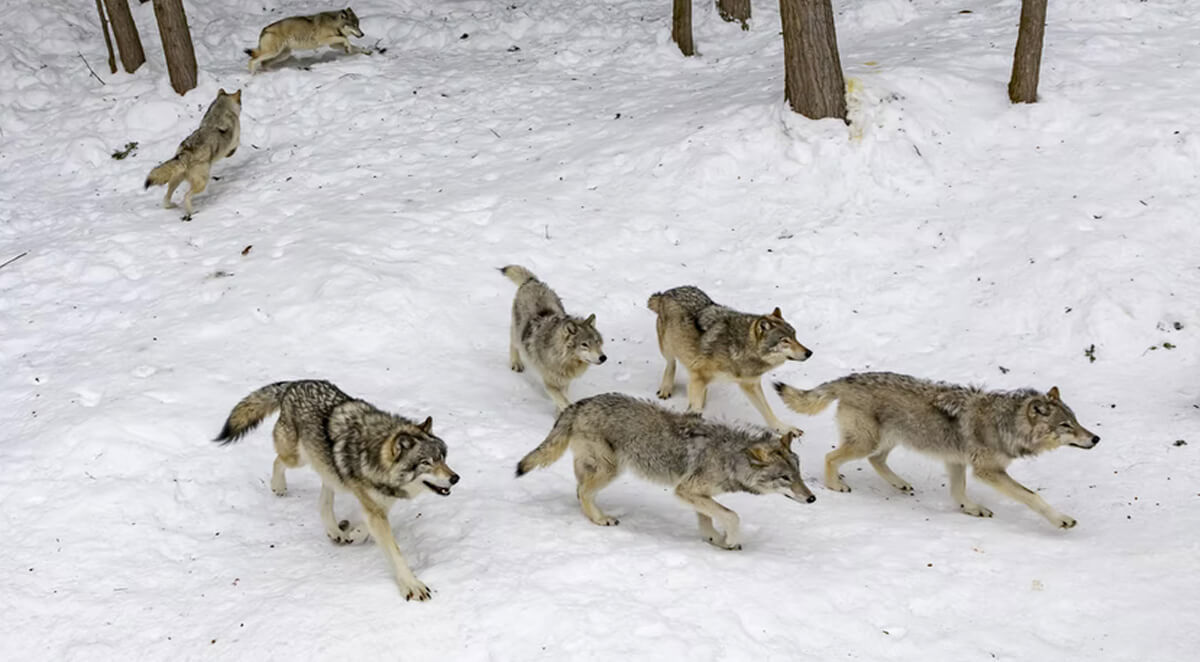Savage pack hunter or lone wolf – who wins?
Wolves HAVE to work smart because their life depends on it. No bailouts for them.
- Pack members are closely related by blood, affection, and mutual aid.
- They’re not just random wolves that run across each other.
- They hunt together to land much larger, faster prey than any could on its own.
Like wolves in a pack, creating your own pack will help you achieve exponentially more than you can on your own.
- Find great strategic partners with complimentary strengths & weaknesses.
- Collaborate with them to increase your reach and authority.
- Achieve exponentially more than any of you can on your own.
The right collaborations increase each partner’s perceived authority and audience.
Above all, when you choose collaborators strategically you can:
- reach more potential customers by playing in each other’s sandbox and
- bring complimentary strengths to each other and shore up weaknesses.
Examples of complimentary partners:
A building supply center partners with a contractor they know to be personable and social media savvy. The contractor takes video and photos featuring interesting projects using products from the building supply center. Then, each partner uses the content in blog posts and on their social profiles.
Therefore, they each get:
- incoming links from the partner’s website that help SEO (search engine optimization), and
- tagged in social posts that make the partner’s followers aware of them.
For instance, a real world campaign:
Imagine an ongoing series about a historical renovation. The series follows project stages and demonstrates the use of a product.
- the contractor gets exposure for their expertise,
- the supply center gets exposure for their products,
- both get good incoming links that boost SEO, and
- both increase “reach” because of exposure to the other’s customers and prospects.
Find your pack!
Now think about how many times you’ve referred a customer to another business. Chances are that’s one you could partner with to start forming your own pack.
Above all, you need partners whose strengths and weakness, or products and services, compliment yours. Examples of things to consider include:
- What weaknesses could a partner’s strengths help you improve?
- What products or services naturally align with yours?
- Who can you think of that may be good to form a pack with?
- What types of campaigns or projects can you envision partnering on?
While you’re at it, try to think of businesses that wouldn’t be a good match and why they wouldn’t. Recognizing relationships that won’t work is just as important as identifying those that should.
Do you need help identifying potential partners or developing collaborative campaigns? Let’s hop on a 30-minute call to get ideas flowing.

